Your vital organs—screened
Scan your body for potential cancer and 500+ conditions in up to 13 organs.




Our scan is designed to















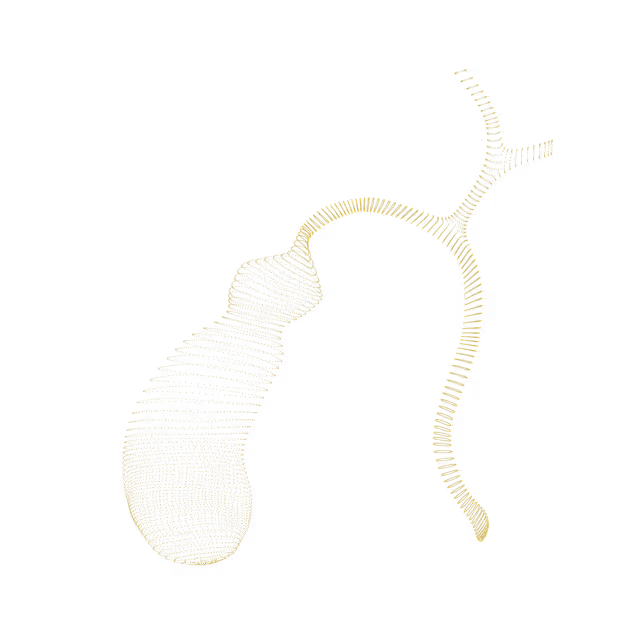
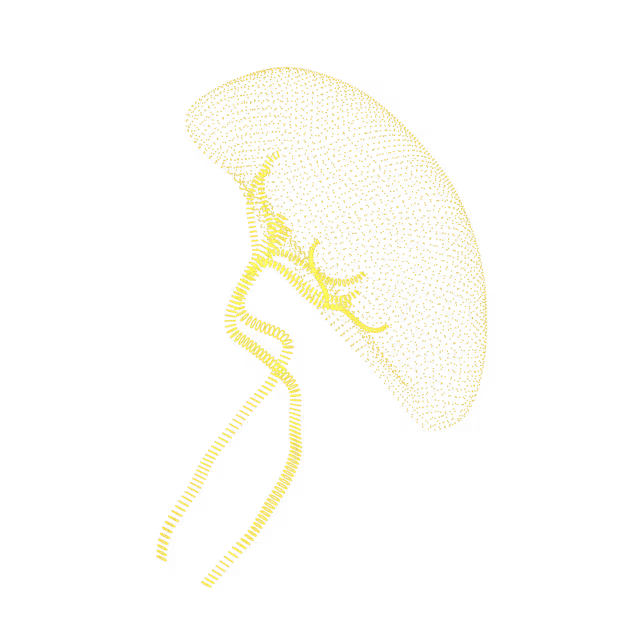

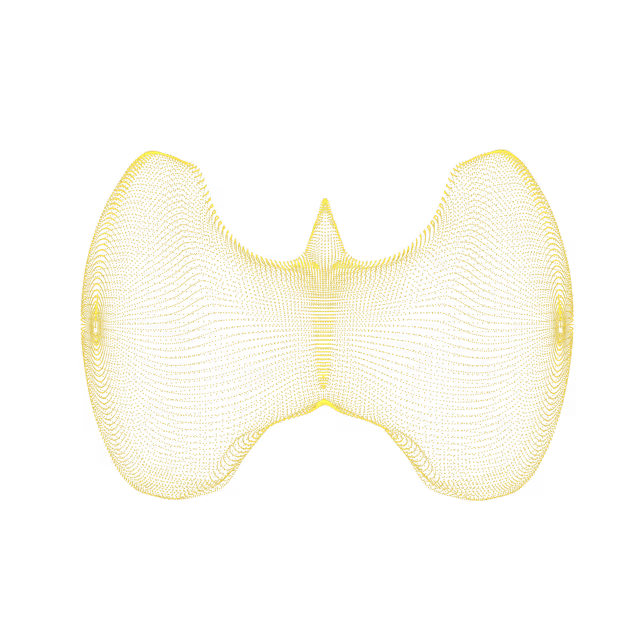

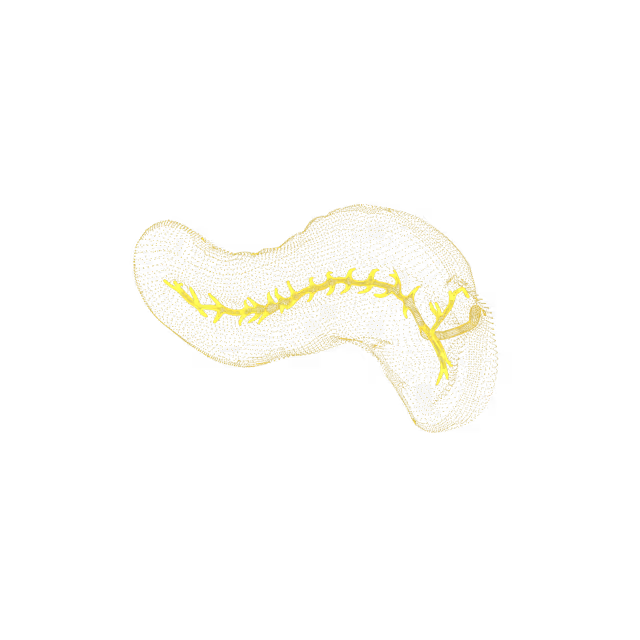
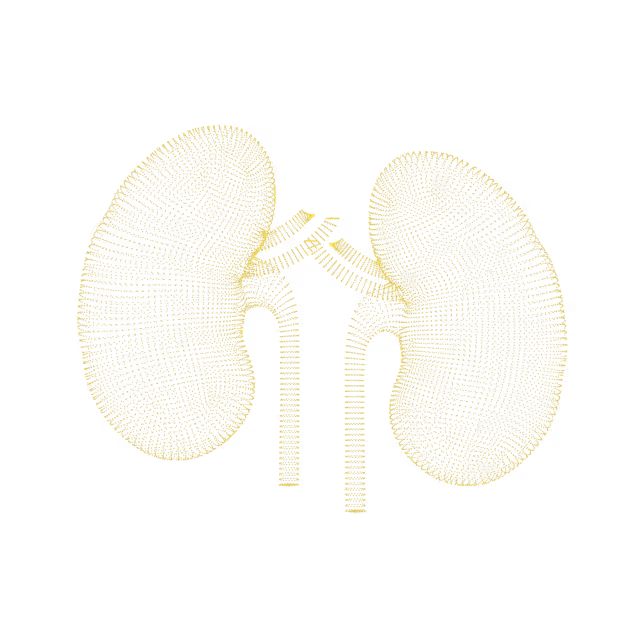
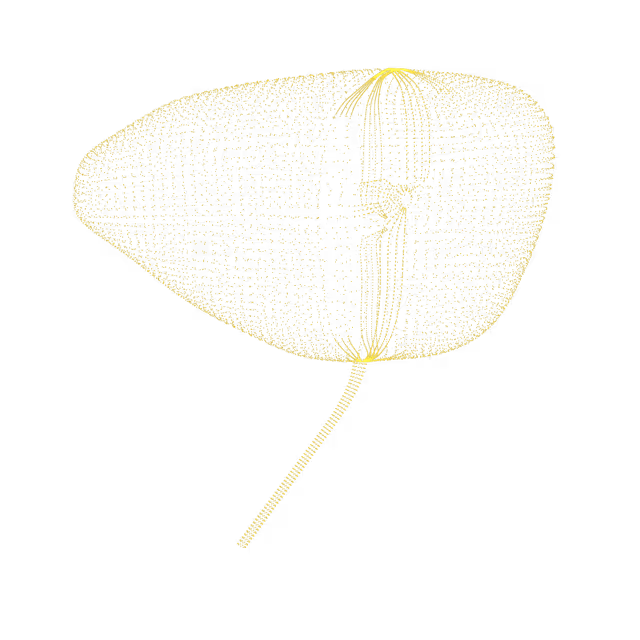
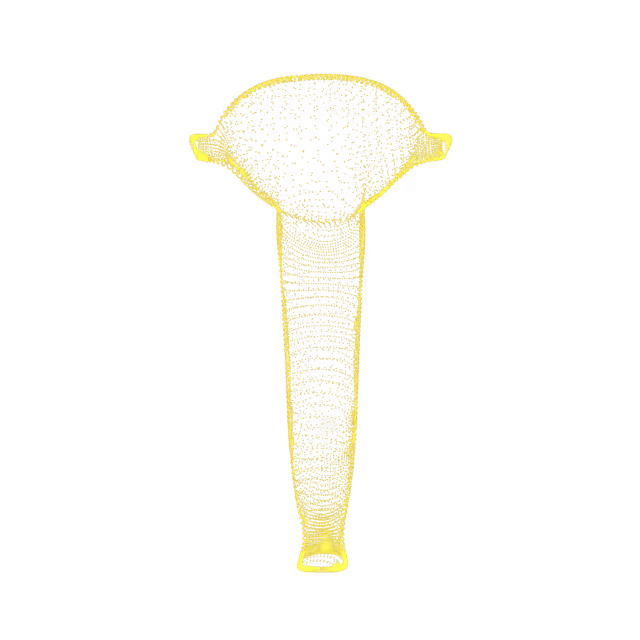
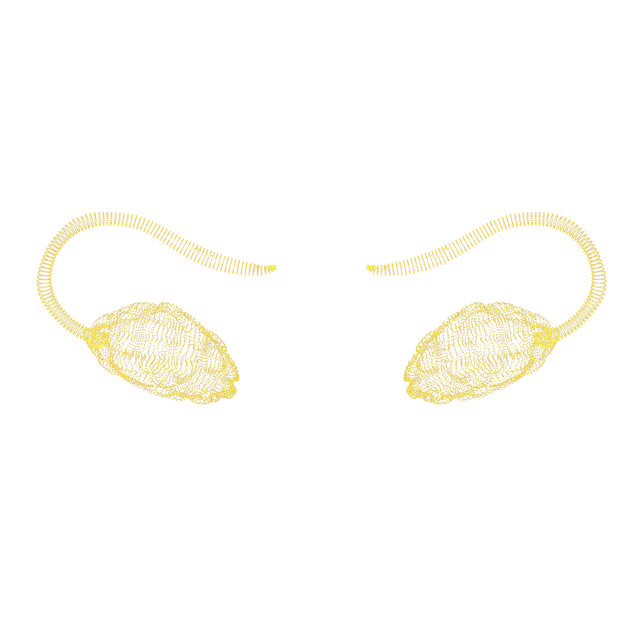
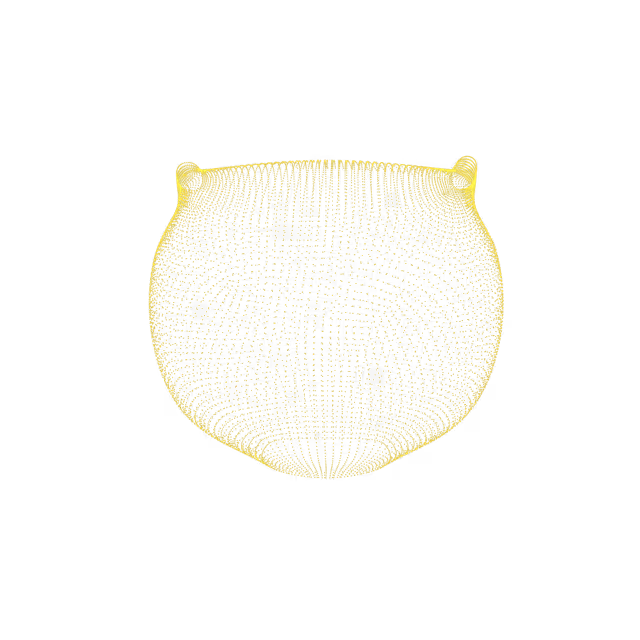

An intrauterine device (IUD) is a form of birth control that a medical provider inserts into the uterus.
Like other parts of your body, the uterus can come in many different shapes or sizes. The most common position of the uterus is anteverted (cervix points towards the front of the body). This is an anatomical description that is usually asymptomatic (does not cause symptoms), with no follow-up needed. If you are having pelvic pressure or pain, then discuss this with your primary care provider or GYN for further evaluation and management.
Adenomyosis is a non-cancerous condition where endometrial tissue is inside the uterus muscle. This condition is estimated to be found in 20-35% of women. It is not clear what causes adenomyosis. The condition usually does not cause symptoms, but sometimes can cause irregular or heavy menstrual bleeding and/or pelvic pain.
Like other parts of your body, the uterus can come in many different shapes or sizes. The most common position of the uterus is anteverted (cervix points towards the front of the body) and anteflexed (uterus points towards front of the body). This is an anatomical description that is usually asymptomatic (does not cause symptoms), with no follow-up needed.
Like other parts of your body, the uterus can come in many different shapes or sizes. An anteverted (cervix points towards the front of the body) and retroflexed (the uterus tilts towards back of the body) position is an anatomical description. While the exact cause is unknown, it is seen exclusively in women who have had a cesarean delivery. This unusual position is thought to occur as a result of adhesions (scar tissue) fixing to the lower aspect of the uterine body and to the abdominal wall or bladder.
MRI images reflect known medical history of surgical removal of your uterine fibroids.
An arcuate uterus describes a mild indentation of the top of the uterus (fundus). This is a congenital (present from birth) variation that does not cause symptoms, and is not typically associated with infertility or adverse pregnancy outcomes. This variant is considered normal and no follow-up is needed.
A cyst is a sac-like pocket of membranous tissue that contains fluid, air, or other substances. Cysts can grow almost anywhere in the body. There are many different types of cysts. Most cysts are benign (non-cancerous). Whether a cyst needs treatment depends on a number of factors, including the type of cyst, the location, if the cyst is causing pain or discomfort, and whether the cyst is infected.
A bicornuate uterus is a type of uterine anomaly that is present from birth (congenital) in which the uterus is heart-shaped. Overall, congenital uterine anomalies occur in about 1.5% of females. In most cases, a bicornuate uterus is incidentally discovered (found in passing when looking for something else) when the pelvis is imaged.
Complete septate uterus is a type of congenital uterine anomaly. Congenital uterine anomalies happen during embryo development in the womb. One estimate suggests that 5% of women have some kind of congenital uterine anomaly. The septate uterus is the most common uterine anomaly. Complete septate uterus is when the uterus has a complete wall separating the uterus in the middle.


© 2025 Ezra